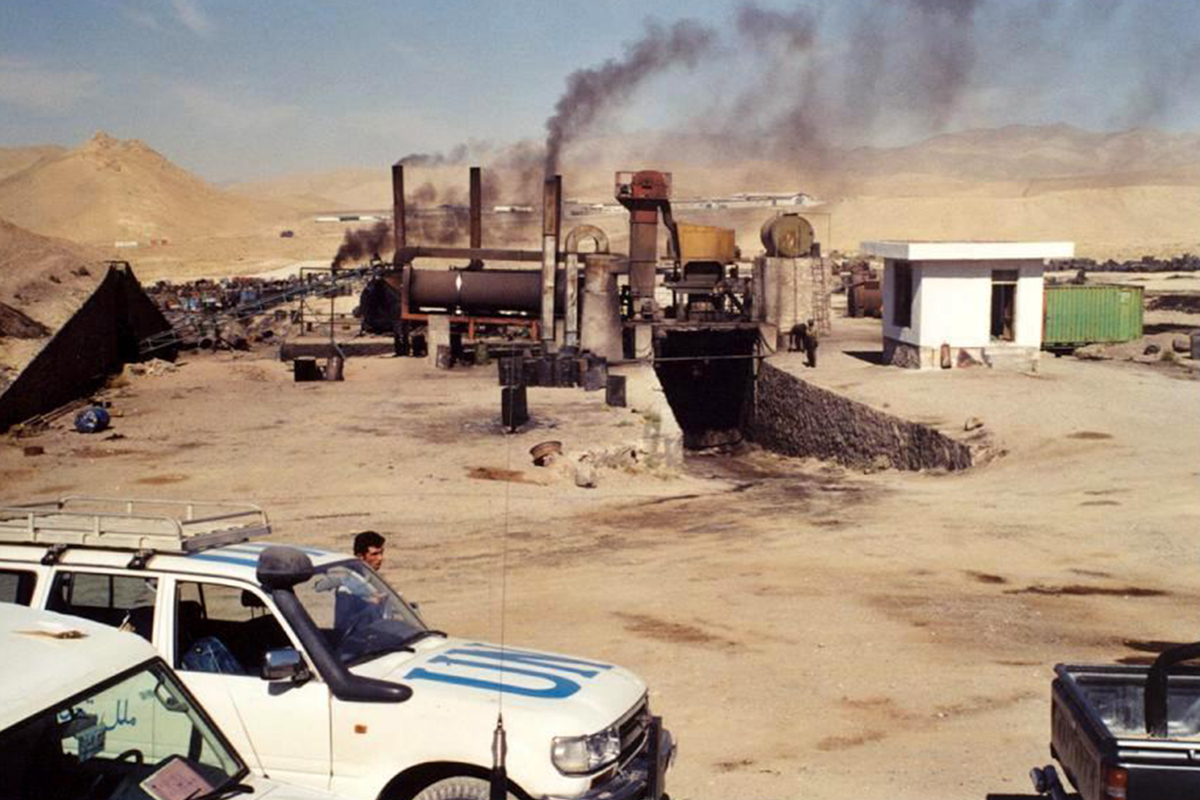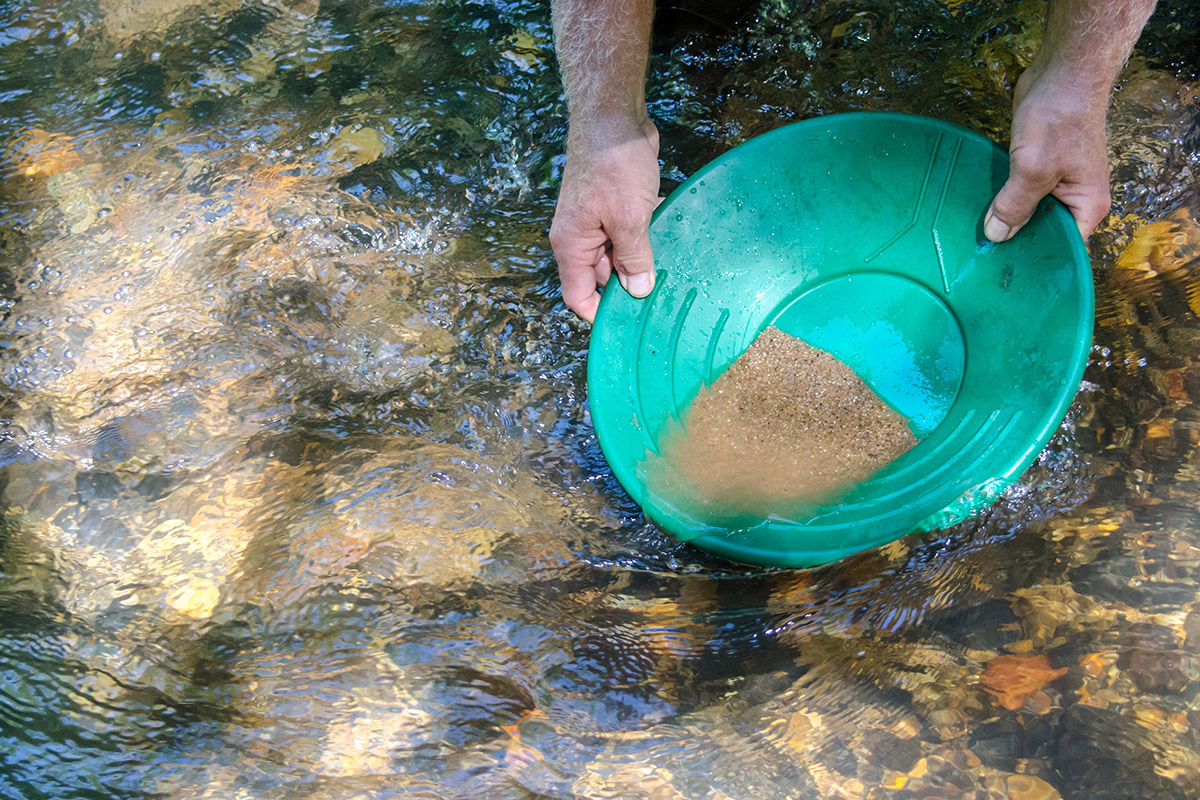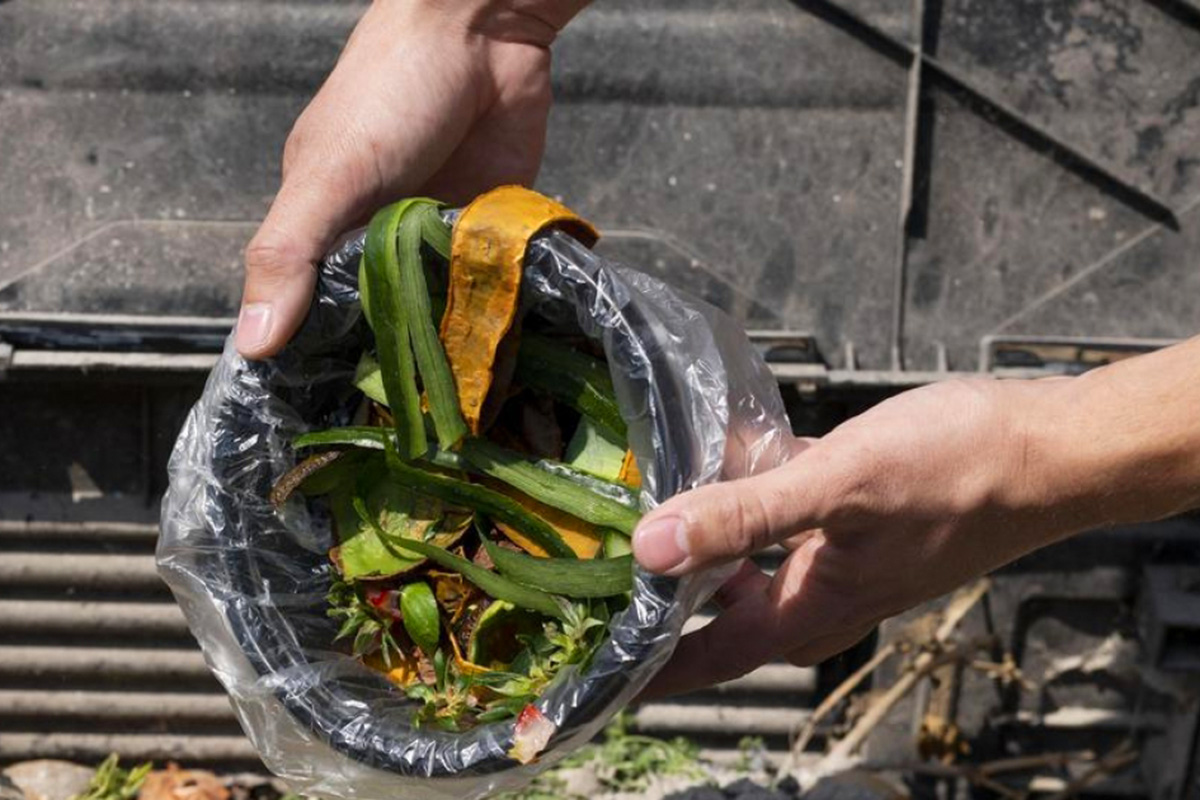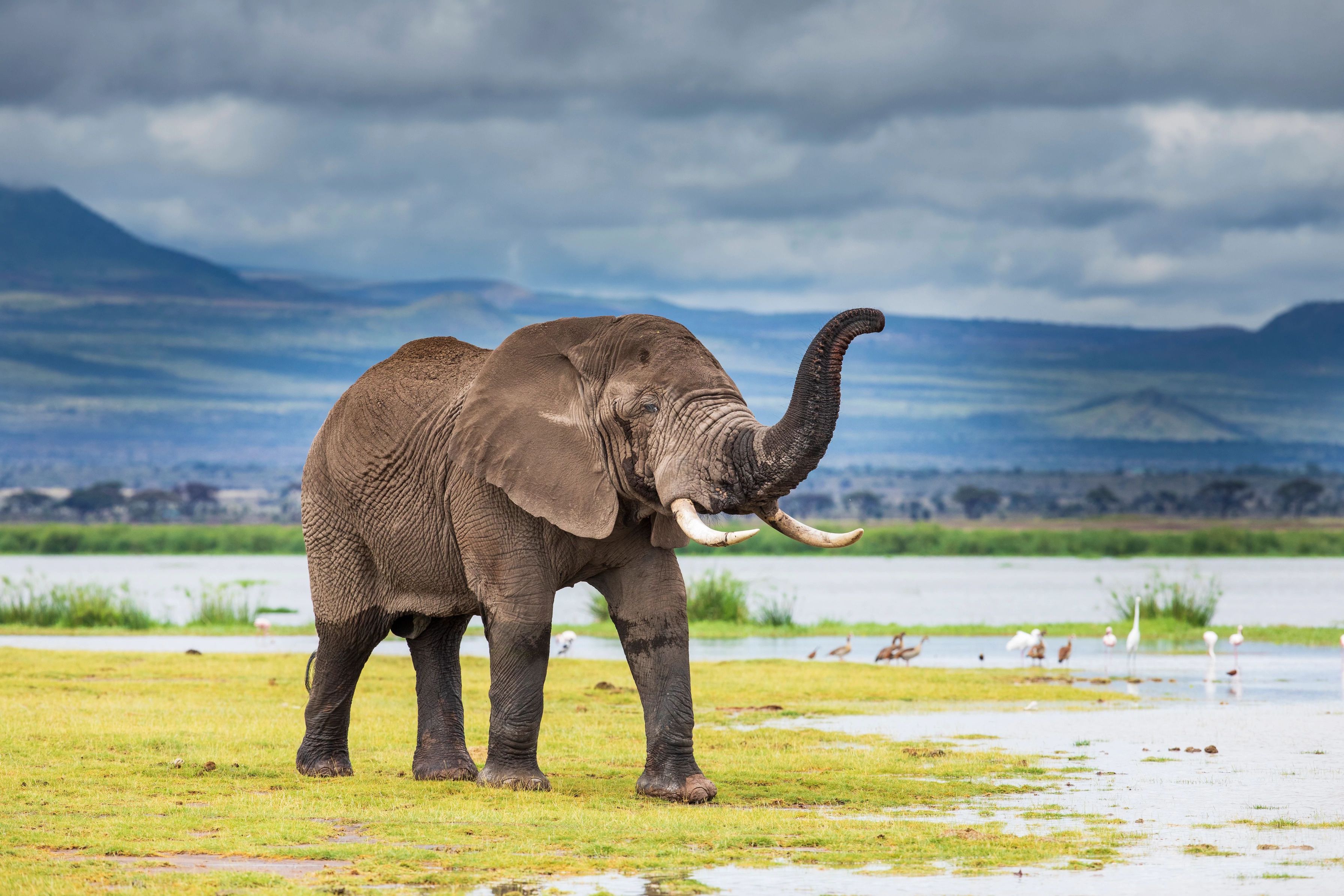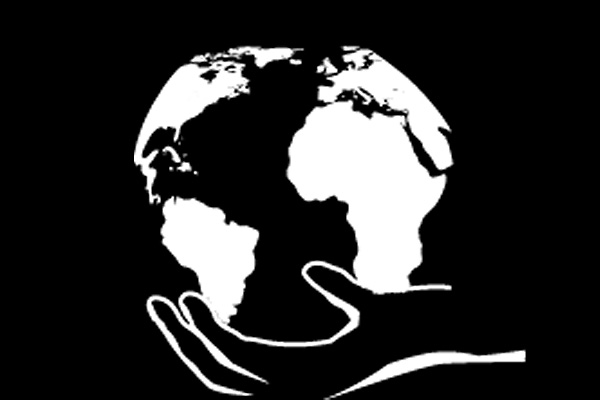The first UNEP Global Assessment of Air Pollution Legislation presents the findings of a study of air quality legislation in more than 194 countries. Using the Air Quality Guidelines developed by WHO, the report examines the legal measures for determining whether air quality standards are being met and what legal standards exist for failure to meet them. The Assessment provides recommendations to assist countries in strengthening air quality governance and serves as a resource for countries wishing to effectively address air pollution and contribute to the achievement of the SDGs.
UNEP
UNEP celebrates the anniversary of 132 parties working together to disrupt the trade, raise public awareness, build institutional capacity, and create mercury-free products.
On the Kenyan coast, a UNEP partner, the Watamu Marine Association, has developed a business model that keeps beaches clean, bringing together local communities and the tourism industry to collect, repurpose and recycle plastic waste. This small-scale circular economy has big potential and can be replicated anywhere in the world there is a coastal tourism industry, restoring coastlines and addressing the global issue of marine litter.
1.3 billion tonnes of food is either lost or wasted, says the UNEP Food Waste Index. Composting is one of the best options for managing organic waste while also reducing environmental impacts.
UNEP's report, A Future for All: The Need for Human/Wildlife Coexistence, finds that conflicts between communities and wild animals leads to the killing of more than 75 per cent of the world’s wild cat species, polar bears, Mediterranean monk seals, and elephants, among a host of other animals. At the same time, human-wildlife conflict also leads to human lives being lost. Decision-making is frequently divorced from the economic needs of communities, which are often impoverished. As a result, local tolerance for conservation – even among those who historically coexisted with wild species – is eroding. The new report says that local communities should be treated as allies in the fight to save endangered animals.
With the support of over 80 prominent international street artists, Street Art for Mankind (SAM) curates and produces large murals, interactive exhibitions, and live performances around the world to bond communities and generations around human rights. Partnering with UNEP, SAM believes in the power of art to trigger social change.
Janez Potočnik, former European Commissioner for Environment and Science, and Izabella Teixeira, who served six years as Brazil’s environment minister, met more than a decade ago at a gathering of the Convention on Biological Diversity in Nagoya, Japan. They were there as negotiators hoping to set clear targets that might safeguard the natural world. Each understood the stakes as they advocated for science-based principles to guide political action. They recently met with UNEP to discuss the study and the massive international effort needed to halt biodiversity loss.
Unsustainable agriculture can pollute water, air and soil; is a source of greenhouse gases, and destroys wildlife. And to top it all off, some farming practices have been linked to the emergence of zoonotic diseases, such as COVID-19. Here's how we can change that.
From forests to peatlands to coasts, we all depend on healthy ecosystems for our survival. But their degradation is already affecting the well-being of 40% of the world’s population. This World Environment Day 2021 (June 5) calls for urgent action to revive and heal our damaged ecosystems. Join the “Reimagine. Recreate. Restore” campaign led by the UN Environment Programme and welcome the UN Decade on Ecosystem Restoration, a 10-year global rallying cry to make peace with nature, end poverty, combat climate change and prevent a mass extinction.
UNEP’s Protected Planet Report 2020 finds that the international community has made major progress towards protected and conserved area coverage but has fallen short on the quality of these areas.
The Food Waste Index covers the later stages of food’s journey – food waste – occurring at household, food service and retail level.
This year, 5 June, World Environment Day, marks the official launch of the UN Decade on Ecosystem Restoration, a 10-year push to halt and reverse the decline of the natural world. Ecosystems can be large, like a forest, or small, like a pond. Many are crucial to human societies, providing people with water, food, building materials and a host of other essentials. But in recent decades, humanity’s hunger for resources has pushed many ecosystems to the breaking point. Here are the eight main types of ecosystem and some of the things that can be done to revive them.
While the internet seems like it’s everywhere, more than 3 billion people are still offline. On April 27 the UN General Assembly debate on closing the digital divide and greening the planet’s digital future will be held.

